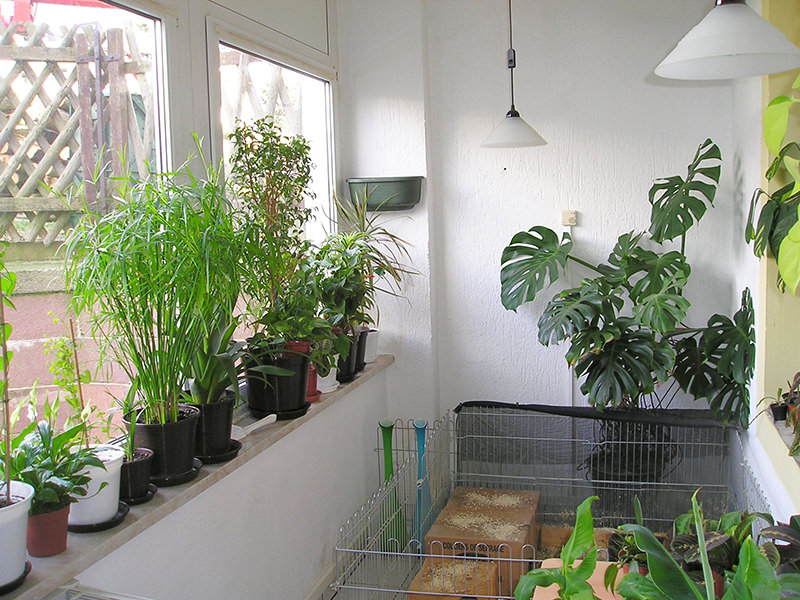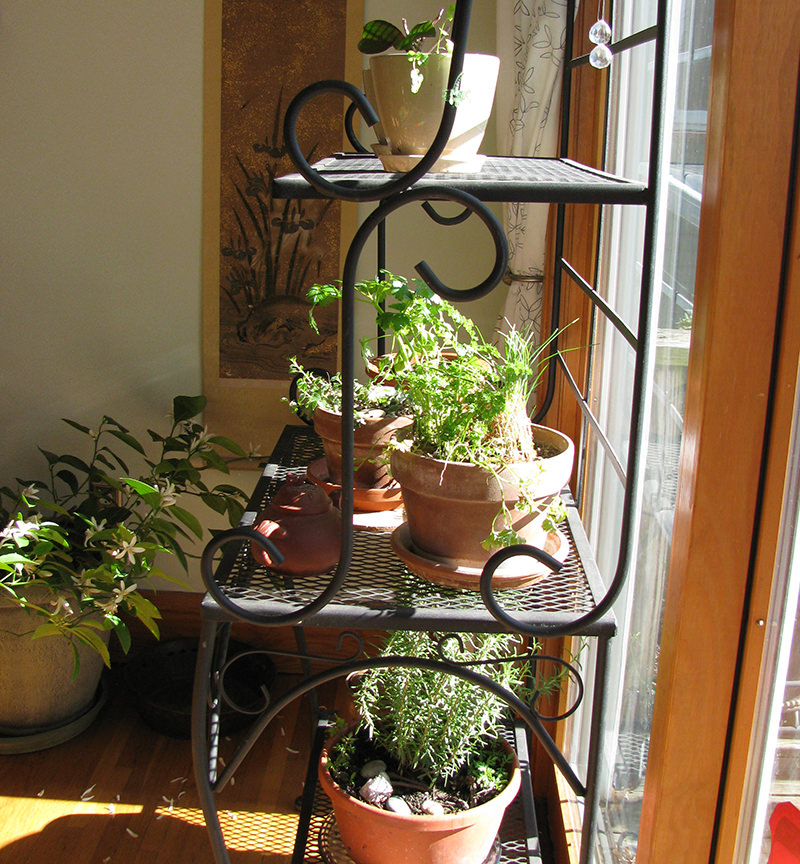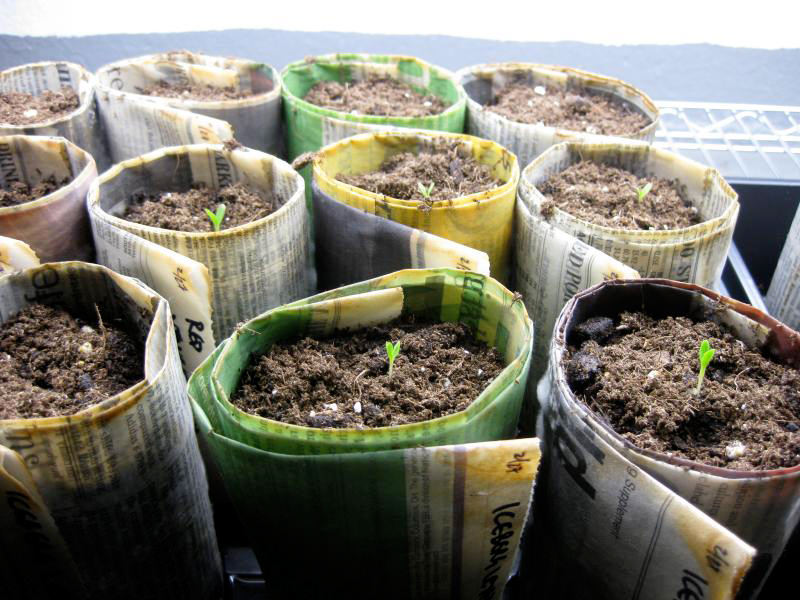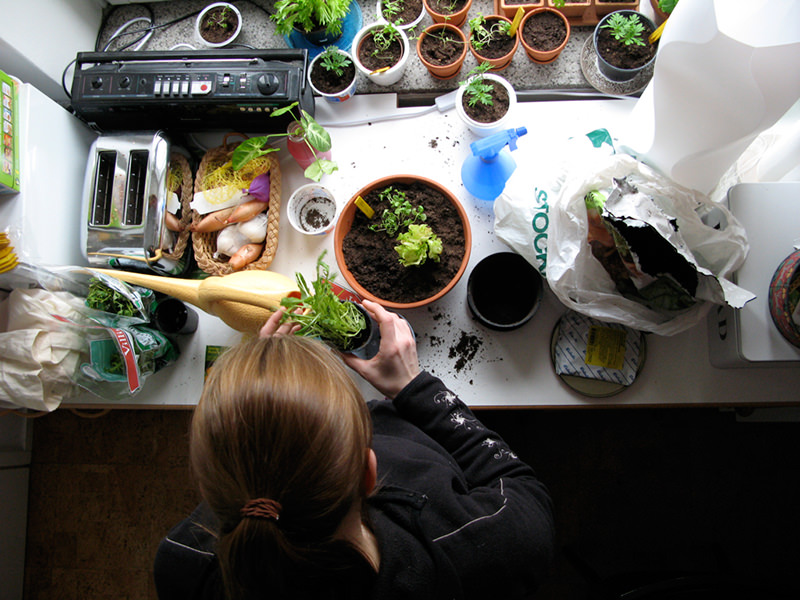
Just because the air is cold and the ground is frozen doesn’t mean you have to give up eating—or even growing—fresh food. Gardening indoors can be a big challenge, but with the right conditions, your plants and your thumb can stay green all winter long.
Transitioning Indoors
Start indoor gardening by moving vegetables that have been growing in pots outside to your indoor space, but make sure the plants are healthy and pest free. Not all vegetables can keep growing indefinitely, so if your plants have already produced fruit or seen better days, you may want to purchase seedlings or start your own seeds.
In general, leafy green plants and herbs are easiest to grow indoors, followed by root crops like carrots. Fruiting vegetables such as tomatoes and peppers can be challenging for an indoor garden, as they require more sunlight and warmer temperatures. It’s possible to grow dwarf citrus trees or avocados in pots indoors but even with a very sunny window they will not grow as strong or produce fruit the way they would in a warm climate outside.
Good Light

Plants need a minimum of 5 to 6 hours of sunlight to survive, but they grow best with 14 to 16 hours of light. In winter, plants will get the most light from south-facing windows. A fairly sunny window or room may be enough for your plants to grow well, but if they don’t get enough light, they’ll become spindly and struggle to reach their full size or produce fruit.
If your indoor space does not provide enough light, your local garden store or plant nursery can recommend grow lights that plug in and provide the right light for plants to flourish. This extra light will keep established plants happy and encourage seeds to grow sturdy and strong until you can transplant them outside in the spring.
Space

Finding room for a vegetable garden inside can be as easy as making space for a pot or window box. Ambitious winter growers can optimize vertical space with shelves, hanging planters, upright palettes or hanging bottles for planting in windows. A rolling shelf or utility cart is a convenient place for plants and grow lights because they can easily be moved to a sunnier spot or out of the way.
The Right Temperature
Plants prefer temperatures of 70 to 75 degrees F to grow, with cooler temperatures at night (65 to 70 degrees F). Unless you keep your home very warm, this might be a challenge. Enough sunlight during the day will warm the plants, but seeds need constant temperatures to germinate. Instead of cranking the thermostat, use a heating mat under a seed tray to bring the soil up to a temperature that will encourage germination.
Humidity Control

In addition to air temperature, humidity is necessary for plant growth. Indoor heating creates an environment that is rarely as humid as plants need. To increase humidity, group plants close together to make a humid microclimate, mist plants, use a humidifier, or place a container of water on a radiator to evaporate and increase moisture in the air.
Water
When it comes to watering, indoor plants need to be monitored closely. Not only can they dry out quickly, but overwatering and cool soil can cause damping off in seedlings. Feel the soil to be sure it is dry before you water again. Larger pots may need less frequent watering—stick a finger into the soil to see whether it is still damp. Make sure you water until it begins draining from the bottom of pots or trays but don’t let containers sit in accumulated water.
Potting Soil

Plant your seeds or seedlings in a potting mixture designed for indoor plants. Because they will not have access to the nutrients in outdoor soil, you’ll need to provide your plants with extra nutrition. If your growing medium doesn’t already include slow-release fertilizer, you can mix some in before potting the plants. Feed the plants regularly with a water-based fertilizer.
Other Winter Food Options
Even if you’re not tending to an indoor garden, there are still options for eating locally grown food during the frozen months. You can grow sprouts, ready to eat in a matter of days, with little more than water, seeds for sprouting, and regular rinsing and draining. Mushrooms can grow in a dark humid space inside your home, either from a kit or following simple instructions. If you prefer to take the season off, support your local farmers instead, and seek out winter farmers’ markets or winter CSA shares. Don’t let the change in season or unique circumstances of growing indoors keep you from cultivating your urban farm.




